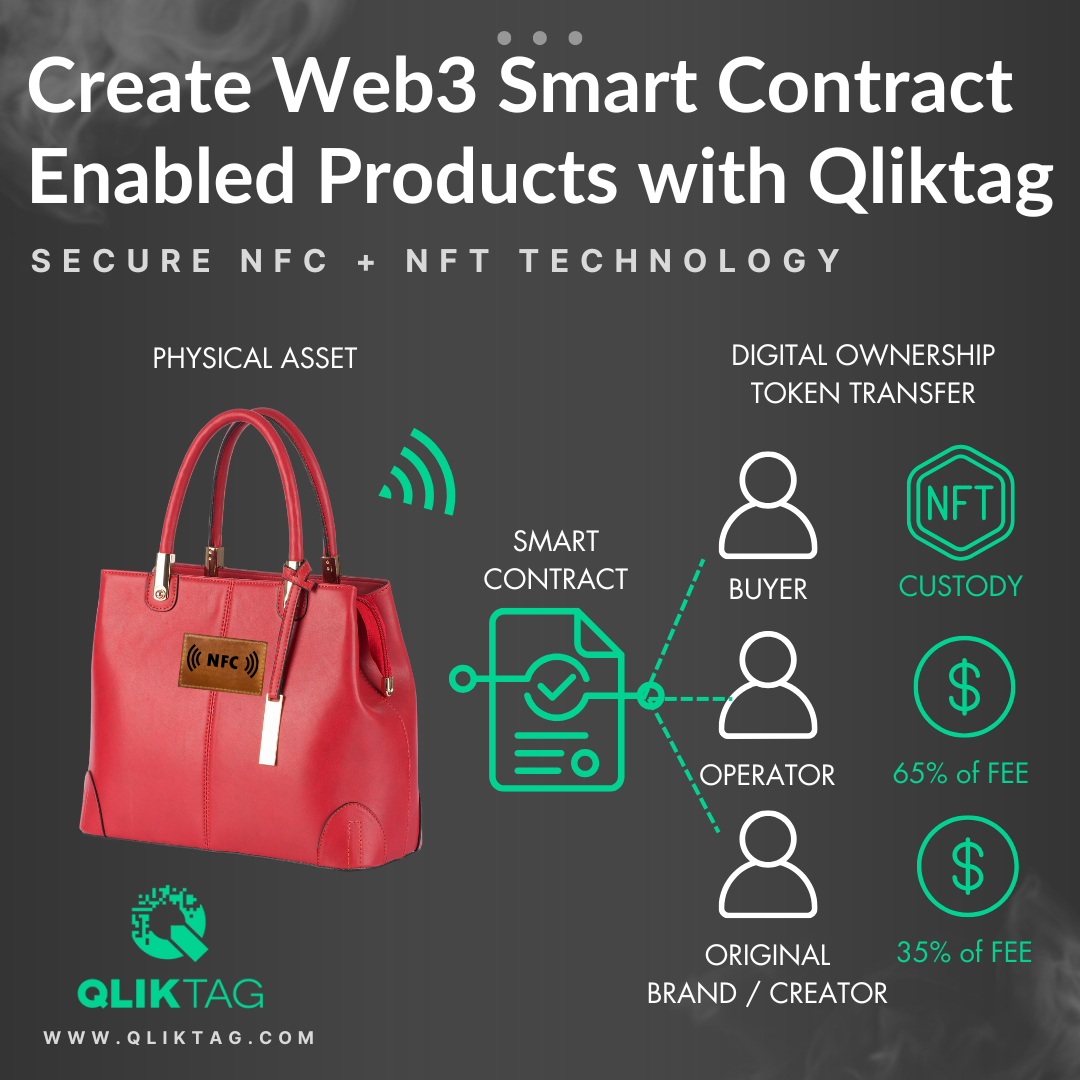What if product resale & rental were more profitable to brands than manufacturing?
What if profitable Web3 business models could be applied to consumer products & global brands and lead to sustainable and profitable possibilities for the future?
The Netflix documentary Buy Now exposes the harsh realities of mass consumerism, illustrating its destructive impact on the planet, human health, and life as we know it. It underscores the paradox of consumer brands and corporations relying on ever-increasing manufacturing, faster sales, and sophisticated marketing strategies to drive profits and growth. The current business model for consumer product companies is based on a critical assumption: to increase profits, you must manufacture and sell more products.
This assumption persists because, traditionally, a brand’s involvement in a product ends at the point of sale. Once a product is sold, it ceases to generate revenue for the brand. It is no longer considered an asset to the company, so the cycle of manufacturing and selling begins anew. But what if this model were outdated? What if brands could profit not just from the initial sale of a product but also from its subsequent lifecycle—resale, rental, or even shared ownership?
Thanks to advancements in Web3 technologies, blockchain, smart contracts, and phygital authentication enabled by secure NFC printed electronics, this vision is no longer a distant dream. Here, we’ll explore how these emerging technologies and Web3 business models could enable a more profitable, sustainable business model for brands.
Rethinking Ownership with Web3 Technologies
Imagine a luxury handbag that isn’t just a product but an enduring asset generating recurring revenue for its brand. With secure NFC chips embedded in the handbag, coupled with blockchain technology, ownership transfers can be tokenized and authenticated seamlessly. Here’s how this could work:
- Smart Authentication: A secure NFC chip embedded within the handbag enables physical authentication by tapping a smartphone.
- Blockchain Ownership: The handbag comes linked to an NFT ownership token stored on a blockchain. This digital twin verifies authenticity and ownership.
- Resale Revenue: When the handbag is sold on the secondary market, the new owner taps the NFC chip to authenticate and transfer ownership. A smart contract automatically ensures a percentage of the resale transaction is sent to the brand.
This system transforms the luxury handbag from a single-sale product into a recurring revenue generator. Over its lifecycle, the brand benefits every time the handbag changes hands, encouraging the creation of high-quality, durable products. This aligns profitability with sustainability, breaking free from the “use-and-throw” mentality.
Tokenized Rentals: A New Era for Consumer Products
The possibilities extend beyond resale to rentals, where temporary ownership becomes tokenized. Take, for instance, the automobile industry:
- Temporary Ownership via NFTs: A car manufacturer issues an NFT ownership token valid for a fixed duration, say one week. This token can be transferred digitally to a renter’s wallet.
- Secure Physical Access: The renter taps the car’s embedded secure NFC chip to authenticate the token and gain access.
- Revenue Distribution: Through a smart contract, the rental fee is shared between the rental company and the original car manufacturer.
By tokenizing temporary ownership, the car becomes a long-term revenue-generating asset instead of a one-time purchase. The manufacturer benefits not just from the initial sale but from every subsequent rental, creating a sustainable, recurring revenue model.
Aligning Profitability with Sustainability
This shift from a single-sale model to a lifecycle revenue model has far-reaching implications. It incentivizes brands to design products with durability and longevity in mind. After all, the more times a product is resold or rented, the more revenue it generates. This could significantly reduce waste and the environmental impact of overproduction.
Consider the rise of the sharing economy, where services like Airbnb and Uber have proven that access can sometimes outweigh ownership. Applying this concept to consumer products through Web3 technologies opens the door to a new era of sustainable business models.
Brands that adopt this approach through web3 business models could see higher profits and growth without increased manufacturing, shifting their focus from quantity to quality.
The Role of Qliktag Secure NFC and Web3 Technology
Implementing these innovative business models requires robust, reliable technology. Qliktag’s secure NFC and Web3 technology provide a critical foundation by enabling:
- Unclonable Product Authentication: Ensuring each product is uniquely identifiable and cannot be counterfeited.
- Seamless Ownership Transfers: Allowing physical and digital ownership to change hands securely through blockchain.
- Smart Contract Integration: Automating revenue distribution for resale or rental transactions.
These technologies bridge the gap between the physical and digital worlds, making concepts like tokenized ownership and phygital authentication a reality.
A More Sustainable Future with Web3 Business Models
In a world grappling with climate change and dwindling resources, rethinking the consumer product lifecycle is not just an opportunity but a necessity. By leveraging Web3 business models for consumer products, brands can shift to a more sustainable, profitable paradigm.
By adopting Web3 technologies and tools like Qliktag secure NFC, brands can create enduring assets that generate recurring revenue, reduce waste, and contribute to a more sustainable future. This vision challenges the status quo of mass manufacturing and offers a compelling alternative: a business model where profitability and sustainability go hand in hand.
The time has come to ask not how many products we can sell, but how much value a single product can generate over its lifecycle. The answer could redefine the future of consumer goods.



